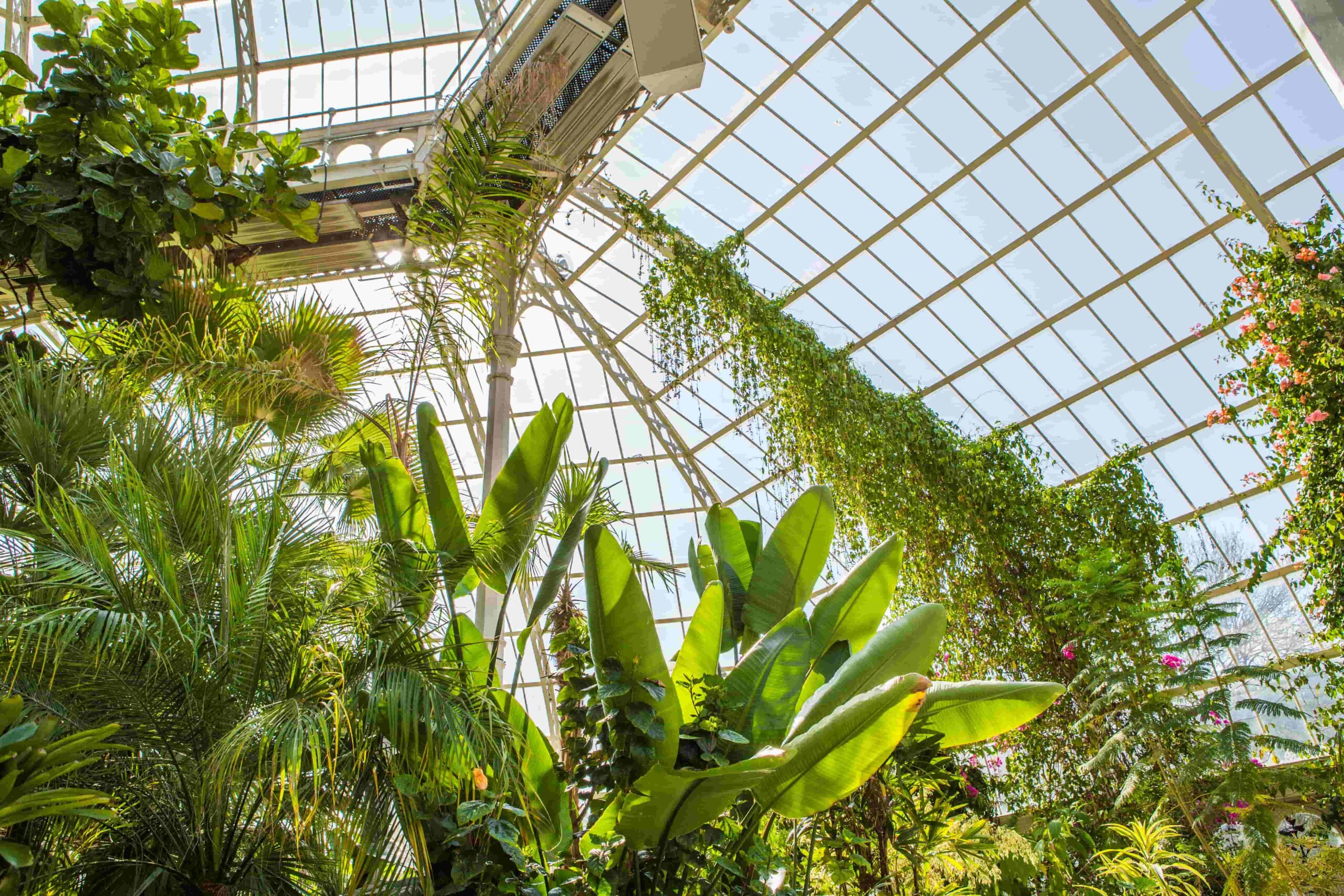INTRODUCTION
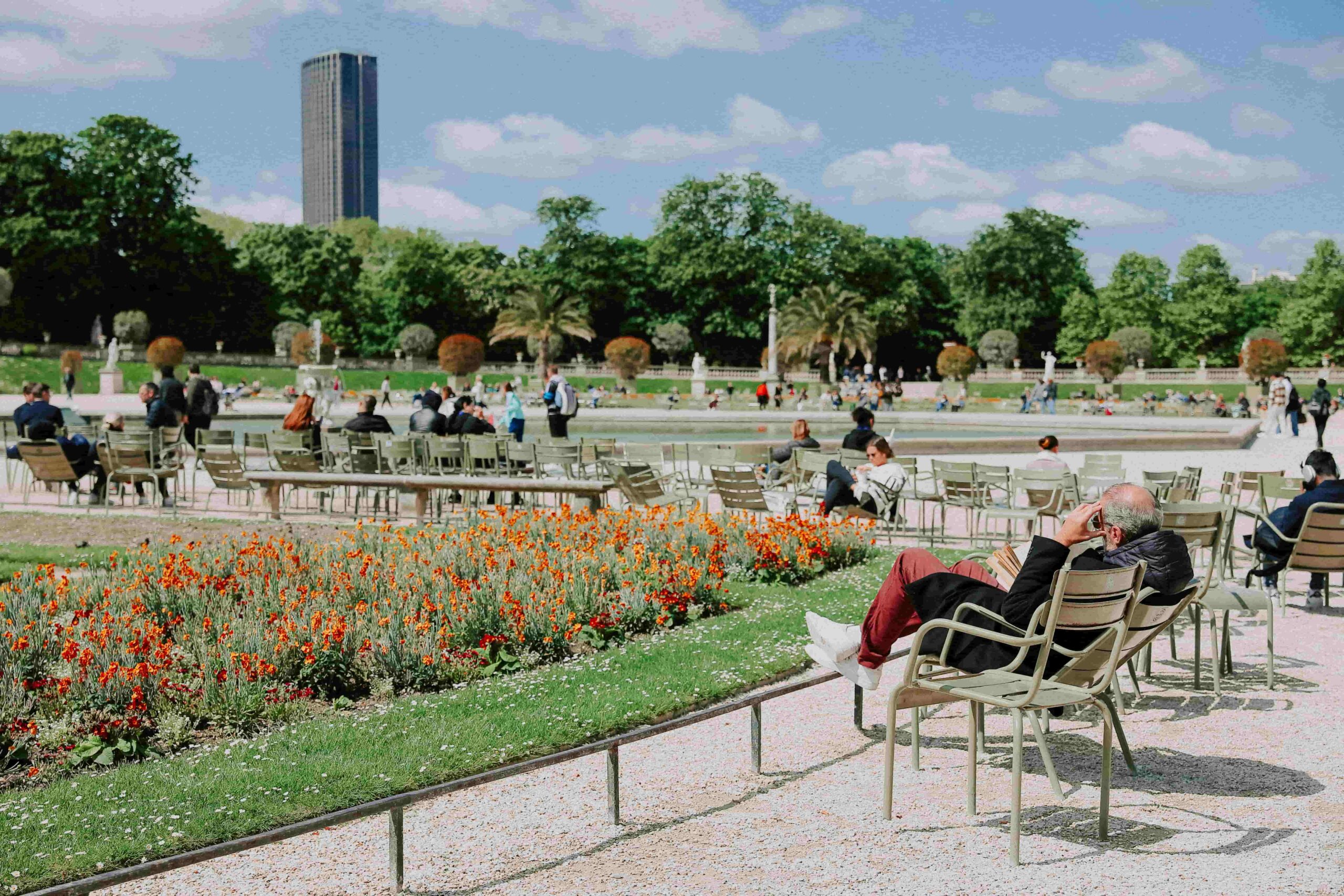
Brief Introduction to San Antonio
San Antonio, the second-most populous city in Texas, is renowned for its rich cultural heritage and historical significance. As a vibrant metropolitan area, it combines a unique blend of Mexican and Texan culture, evident in its architecture, cuisine, and festivals. The city is famously home to The Alamo, a historic mission and battleground that played a pivotal role in the Texas Revolution. Beyond its historical landmarks, San Antonio is a bustling urban center with a thriving arts scene, diverse culinary offerings, and numerous parks and green spaces, making it an attractive destination for both tourists and residents.
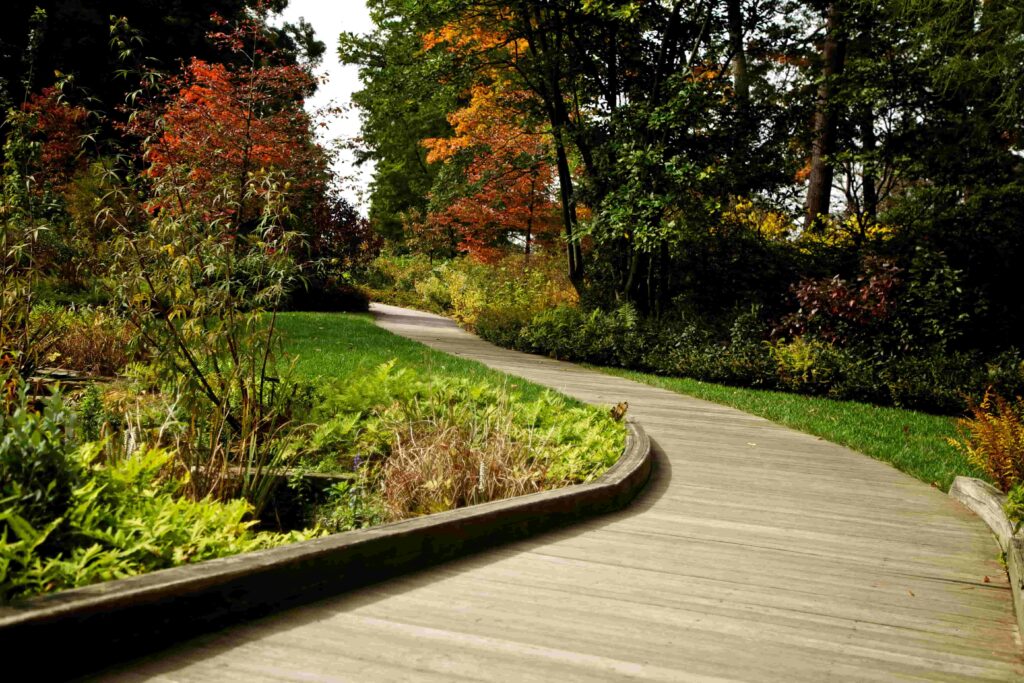
Importance of Botanical Gardens in Urban Areas
Botanical gardens are vital green spaces in urban environments, providing numerous benefits to the community and the ecosystem. They serve as sanctuaries for plant species, offering a refuge for native and exotic flora that might otherwise struggle to survive in the wild. These gardens play a crucial educational role, teaching visitors about plant conservation, horticulture, and the importance of biodiversity. Additionally, botanical gardens offer recreational opportunities, creating tranquil spaces where people can escape the hustle and bustle of city life to relax, walk, and enjoy nature. They also contribute to urban sustainability by promoting green practices, supporting local wildlife, and improving air quality.
Overview of San Antonio Botanical Garden
The San Antonio Botanical Garden is a premier destination for nature lovers and horticultural enthusiasts. Located just a few miles from downtown San Antonio, this 38-acre garden showcases a stunning variety of plants from around the world. Established in 1980, the garden has grown to become one of the leading botanical institutions in the region, dedicated to the conservation, education, and appreciation of plants.
The garden features a range of themed areas, including a conservatory housing tropical and subtropical plants, native Texas trails representing diverse ecosystems, and gardens focusing on water conservation and culinary plants. Its mission is to inspire people to connect with the plant world and understand the importance of plants in sustaining life on Earth. Through its diverse plant collections, educational programs, and community events, the San Antonio Botanical Garden plays a vital role in fostering a greater appreciation for the natural world.
History of San Antonio Botanical Garden
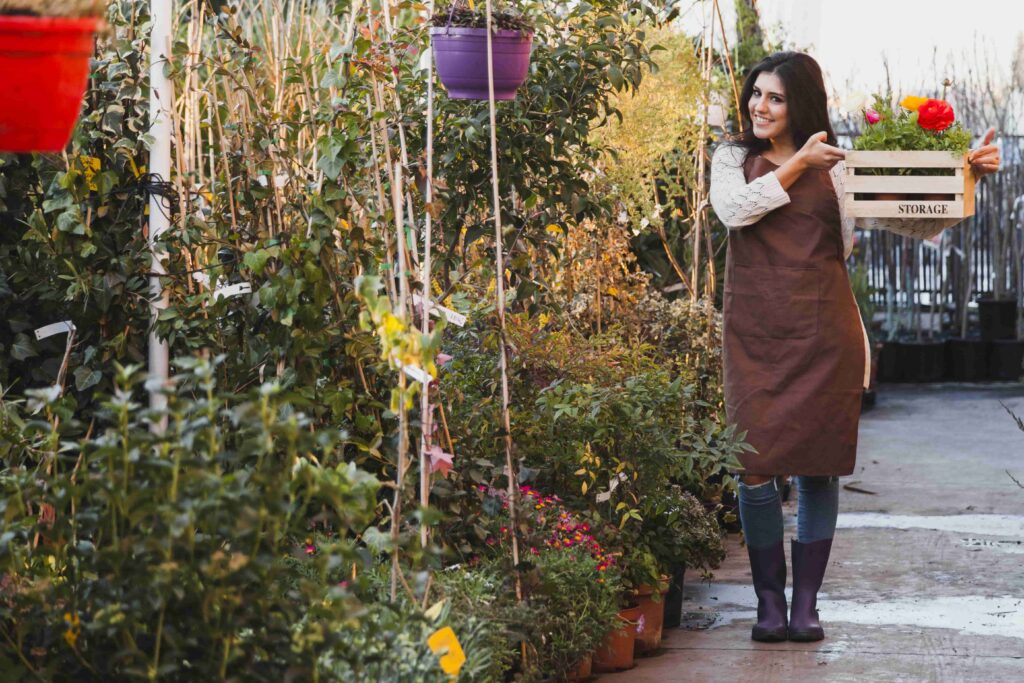
Founding and Establishment
The San Antonio Botanical Garden was conceived as a means to create a public space dedicated to the appreciation and study of plant life. The idea for the garden began taking shape in the 1940s, spearheaded by civic leaders and botanical enthusiasts who recognized the need for such an institution in San Antonio. But real advancements didn’t come about until the 1970. The project gained momentum thanks to the efforts of the San Antonio Garden Center and the San Antonio Botanical Society, both of which played crucial roles in fundraising and advocacy.
In 1970, the city of San Antonio purchased a 38-acre site on the former location of the George W. Brackenridge estate, which became the designated space for the garden. Officially opened to the public in 1980, the San Antonio Botanical Garden was established with the mission to inspire people to connect with the world of plants and understand the importance of plants in our lives.
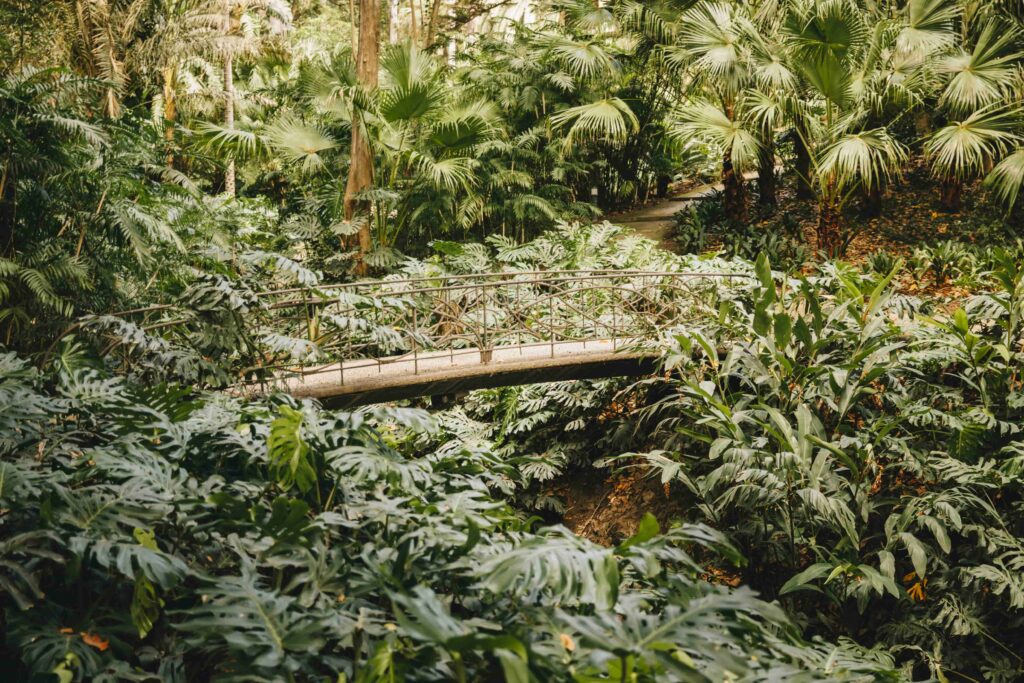
Key Milestones and Developments Over the Years
Since its opening, the San Antonio Botanical Garden has seen numerous expansions and improvements that have enhanced its appeal and educational value. Some of the key milestones include:
1988: Opening of the Lucile Halsell Conservatory:
This state-of-the-art conservatory complex, designed by renowned architect Emilio Ambasz, features five climate-controlled glass houses showcasing plants from different biomes around the world. Its innovative design and diverse plant collections quickly became a highlight of the garden.
2004: Opening of the Texas Native Trail:
This trail represents three distinct ecosystems found in Texas: the Hill Country, East Texas Pineywoods, and South Texas Plains. It provides visitors with a unique opportunity to explore native plants and their habitats.
2017: Completion of the Family Adventure Garden:
This interactive garden space is designed to engage children and families with nature through hands-on activities, educational displays, and playful elements. It encourages exploration and learning in a fun and accessible environment.
2018: Expansion of the Culinary Garden:
This garden area focuses on the connection between gardening and culinary arts, featuring edible plants, herbs, and vegetables. It also serves as a venue for cooking demonstrations and workshops that highlight the importance of growing and using fresh ingredients.
Notable Figures Involved in the Garden’s History
Several individuals have played significant roles in the development and success of the San Antonio Botanical Garden. Notable figures include:
George W. Brackenridge:
Although he passed away long before the garden’s establishment, Brackenridge’s former estate provided the land that would become the San Antonio Botanical Garden. A philanthropist and civic leader, Brackenridge’s contributions to the city laid the groundwork for many public projects.
Lucile Halsell:
A prominent philanthropist whose generous donation funded the construction of the Lucile Halsell Conservatory. Her support was instrumental in creating one of the garden’s most iconic features.
Emily V. Hewitt:
A founding member of the San Antonio Botanical Society and a driving force behind the garden’s establishment. Her dedication and vision were crucial in bringing the garden to fruition.
Emilio Ambasz:
The architect behind the innovative design of the Lucile Halsell Conservatory. His work has been internationally recognized for its integration of architecture and nature, making the conservatory a landmark feature of the garden.
The San Antonio Botanical Garden’s history is marked by the vision and efforts of these and many other individuals who believed in the importance of creating a space where people could learn about and appreciate the diverse world of plants. Their contributions have helped the garden grow into a beloved and vital part of the San Antonio community.
Layout and Design
General Layout of the Garden
The San Antonio Botanical Garden spans 38 acres of beautifully designed landscapes, featuring a diverse array of plant collections and themed gardens. The garden is meticulously planned to offer visitors a seamless and immersive experience as they explore various horticultural displays. The layout includes distinct sections that showcase different plant habitats, conservatories, educational areas, and recreational spaces. Pathways are thoughtfully designed to guide visitors through the garden’s highlights, ensuring accessibility and ease of navigation. The garden is divided into several primary zones, each with its unique character and purpose, allowing visitors to experience a wide variety of botanical environments within a single visit.
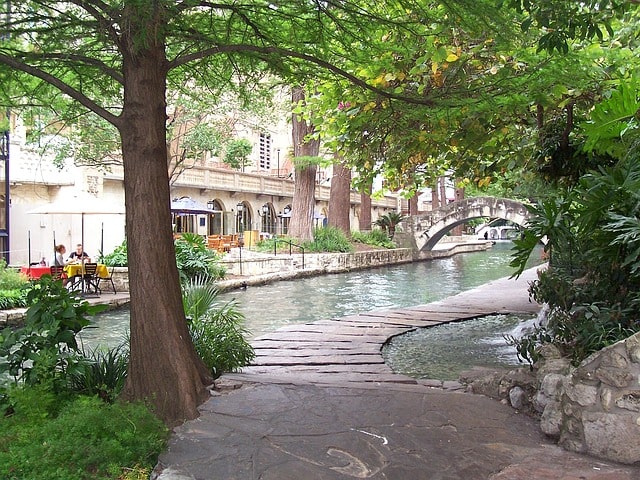
Different Themed Areas and Sections
The San Antonio Botanical Garden is renowned for its diverse themed areas, each offering a unique perspective on plant life and ecosystems. Key themed sections include:
Lucile Halsell Conservatory:
This architectural marvel consists of five interconnected glass houses, each representing different climatic regions. The conservatory is home to tropical rain forests, desert landscapes, palm trees, and aquatic plants, providing visitors with an immersive experience of global plant diversity.
Texas Native Trail:
This trail features three distinct ecosystems native to Texas: the Hill Country, East Texas Pineywoods, and South Texas Plains. Each section is carefully planted with native species, allowing visitors to explore the natural beauty and ecological significance of Texas flora.
WaterSaver Garden:
This area is dedicated to demonstrating water-efficient landscaping techniques. It features drought-tolerant plants and sustainable gardening practices that are particularly relevant to the arid climate of Texas. Visitors can learn how to create beautiful, low-water gardens at home.
Culinary Garden:
The Culinary Garden highlights the connection between gardening and food. It includes a variety of edible plants, herbs, and vegetables, and often hosts cooking demonstrations and workshops to educate visitors on the benefits of growing and using fresh ingredients.
Family Adventure Garden:
This interactive area is designed for children and families, offering hands-on activities and playful elements that encourage exploration and learning about nature. It includes water features, climbing structures, and educational displays tailored to young visitors.
Notable Architectural Features and Design Elements
The San Antonio Botanical Garden is not only a showcase of botanical beauty but also features several remarkable architectural elements that enhance its overall appeal:
Lucile Halsell Conservatory:
Designed by renowned architect Emilio Ambasz, the conservatory is a striking example of modern architectural innovation. Its subterranean design and interconnected glass houses create a visually stunning and environmentally controlled environment for a wide variety of plant species. The use of glass and steel structures allows for optimal light and climate control, making it an ideal habitat for tropical and desert plants.
Formal Gardens and Fountains:
Throughout the garden, visitors will find beautifully designed formal gardens with meticulously maintained flower beds, topiaries, and ornamental features. Elegant fountains and water features add to the tranquil ambiance, creating perfect spots for relaxation and contemplation.
Outdoor Amphitheater:
The garden includes an outdoor amphitheater that serves as a venue for educational programs, concerts, and special events. Its design integrates seamlessly with the natural surroundings, providing a scenic backdrop for various performances and gatherings.
Sustainable Design Elements:
The garden incorporates several sustainable design practices, such as rainwater harvesting systems, composting facilities, and energy-efficient lighting. These features not only reduce the garden’s environmental footprint but also serve as educational tools for visitors interested in sustainable living.
The careful planning and thoughtful design of the San Antonio Botanical Garden create an enriching and enjoyable experience for all visitors. Each themed area and architectural feature contributes to the garden’s mission of promoting botanical education, conservation, and appreciation of the natural world.
Major Attractions and Highlights
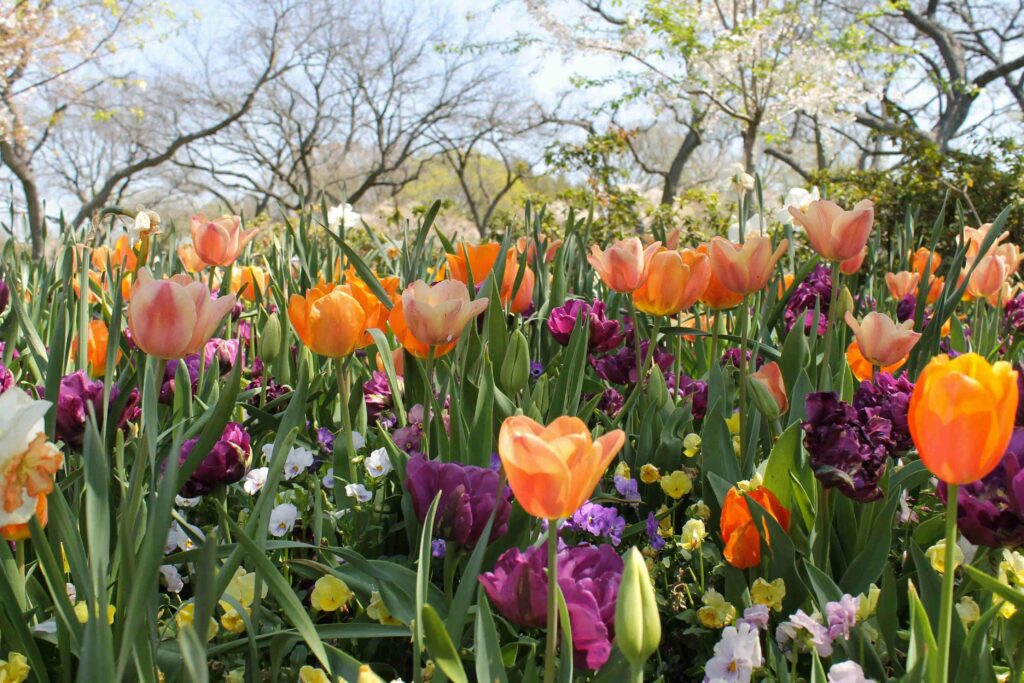
Lucile Halsell Conservatory
Description and Significance:
The Lucile Halsell Conservatory is one of the crown jewels of the San Antonio Botanical Garden. This architectural masterpiece was designed by the internationally acclaimed architect Emilio Ambasz. The conservatory consists of a series of interconnected underground structures with dramatic glass pyramids emerging from the ground. These glass houses are designed to provide optimal growing conditions for a wide variety of plant species from different climates around the world. The innovative design not only creates a visually striking centerpiece but also ensures the conservation of energy by using the earth’s natural insulation properties.
Unique Plant Species Housed Here:
The conservatory is home to an extensive collection of rare and exotic plants. Visitors can explore the tropical rainforest section, which features towering palms, lush ferns, and vibrant orchids. The desert pavilion showcases a remarkable array of cacti and succulents from arid regions. There are also aquatic plants displayed in the water lily garden, and a special section dedicated to the unique flora of the subtropical region. The diversity of plant life within the conservatory provides a fascinating glimpse into the world’s varied ecosystems.
Texas Native Trail
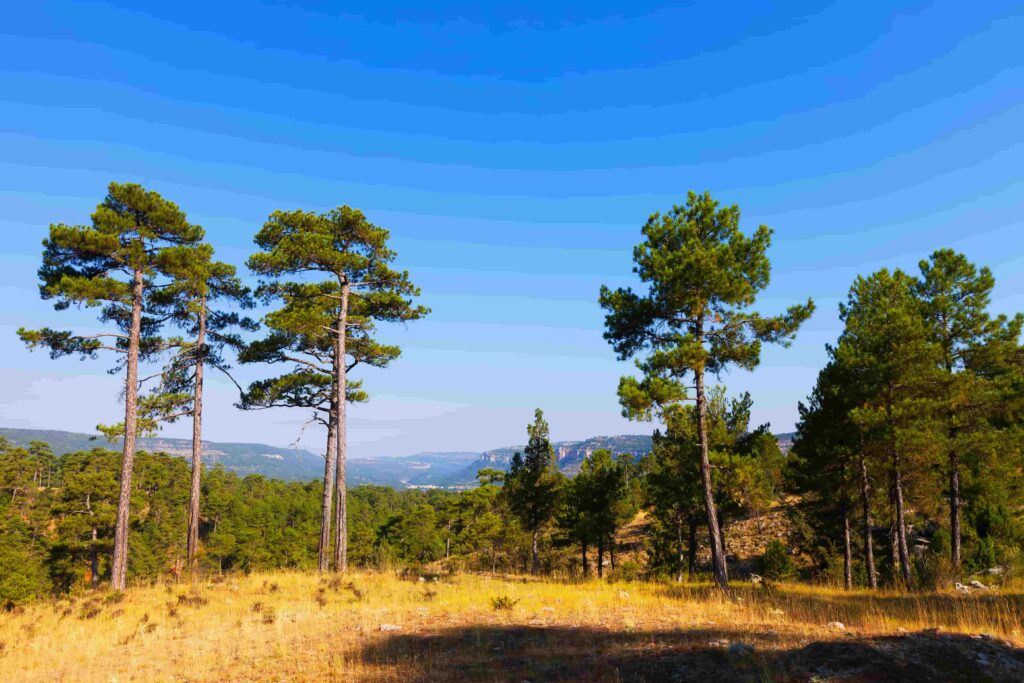
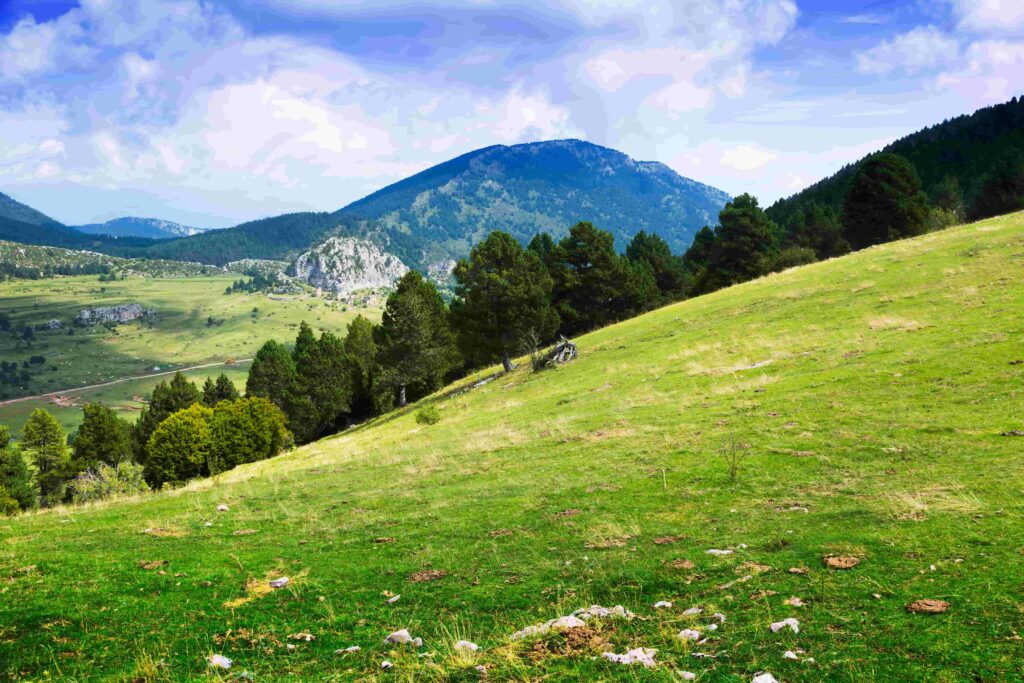
Overview of the Different Ecosystems Represented:
The Texas Native Trail offers visitors a journey through three major ecosystems found within the state: the Hill Country, East Texas Pineywoods, and South Texas Plains. Each section of the trail is meticulously planted to replicate the natural landscapes and plant communities of these regions.
Hill Country:
This section features rugged limestone outcrops, wildflowers, and native grasses. Key plants include live oaks, Ashe junipers, and various wildflower species that bloom spectacularly in spring.
East Texas Pineywoods:
Characterized by dense forests and a more humid climate, this section showcases towering pine trees, azaleas, and dogwoods. The lush undergrowth is home to ferns, mosses, and a variety of understory plants.
South Texas Plains:
This arid region is represented by hardy shrubs, grasses, and drought-tolerant plants. Notable species include mesquite, prickly pear cactus, and yucca.
Highlight of Native Plants and Their Ecological Importance:
The Texas Native Trail emphasizes the ecological importance of preserving native plants. These plants are adapted to the local climate and soil conditions, making them essential for maintaining biodiversity. They provide habitat and food for native wildlife, support pollinators, and contribute to the overall health of the ecosystem. Educational signage along the trail helps visitors understand the role of these plants in their natural habitats.
Water Saver Garden
Focus on Sustainable Gardening Practices:
The WaterSaver Garden is dedicated to promoting water-efficient landscaping techniques that are particularly relevant in the semi-arid climate of San Antonio. This garden demonstrates how to create beautiful and sustainable gardens using drought-tolerant plants and efficient irrigation methods.
Tips for Home Gardeners:
Visitors can learn practical tips for reducing water usage in their own gardens, such as selecting native and drought-resistant plants, using mulch to retain soil moisture, and installing drip irrigation systems. The garden also showcases examples of xeriscaping, which involves designing landscapes that require minimal water.
Culinary Garden
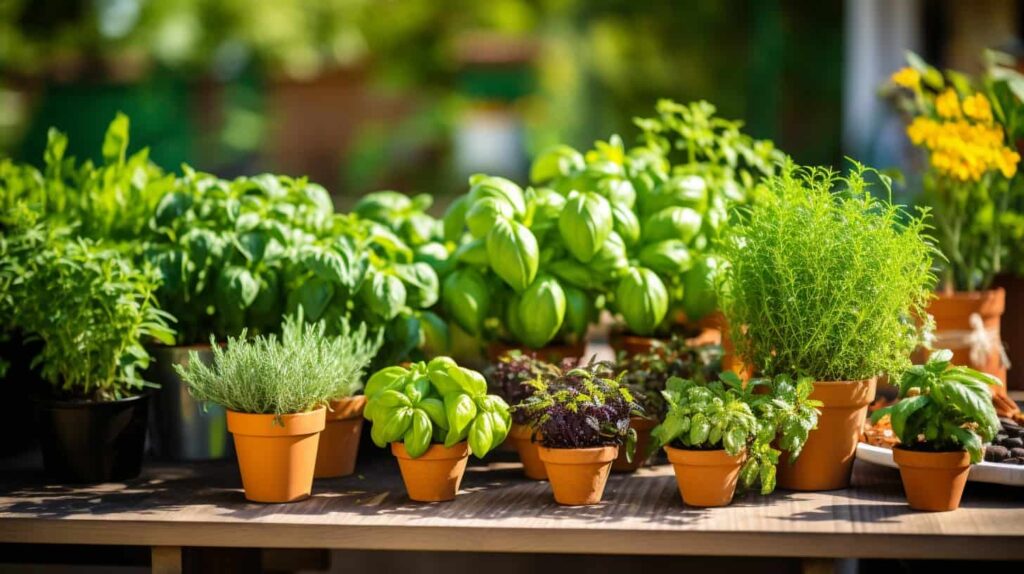
Educational Programs and Workshops:
The Culinary Garden is a dynamic space where visitors can learn about the connection between gardening and food. It features a variety of edible plants, including vegetables, herbs, and fruit trees. The garden hosts regular workshops and cooking demonstrations that teach visitors how to grow their own food and prepare delicious, healthy meals using fresh, garden-grown ingredients.

Integration of Food and Gardening:
This garden emphasizes the importance of sustainable and locally sourced food. By showcasing a variety of edible plants and providing hands-on learning opportunities, the Culinary Garden encourages visitors to think about where their food comes from and how they can incorporate more home-grown produce into their diets.
Family Adventure Garden

Interactive Features for Children and Families:
The Family Adventure Garden is designed to engage children and families with nature through interactive play and exploration. This area includes water features, climbing structures, and educational displays that encourage hands-on learning. Children can explore a sand pit, navigate through mazes, and discover the wonders of the natural world in a fun and safe environment.

Educational and Recreational Activities:
The garden offers a range of activities that combine education with recreation. Seasonal events, nature-based games, and guided tours help children learn about plants, animals, and the environment while having fun. The goal is to inspire a love of nature and an understanding of the importance of conservation from an early age.
The major attractions and highlights of the San Antonio Botanical Garden provide visitors with a diverse and enriching experience. From exploring global plant species in the Lucile Halsell Conservatory to learning about sustainable gardening practices in the WaterSaver Garden, there is something for everyone to enjoy and learn from at this beautiful and educational destination.
Seasonal Events and Activities
Overview of Annual Events (e.g., Plant Sales, Festivals)
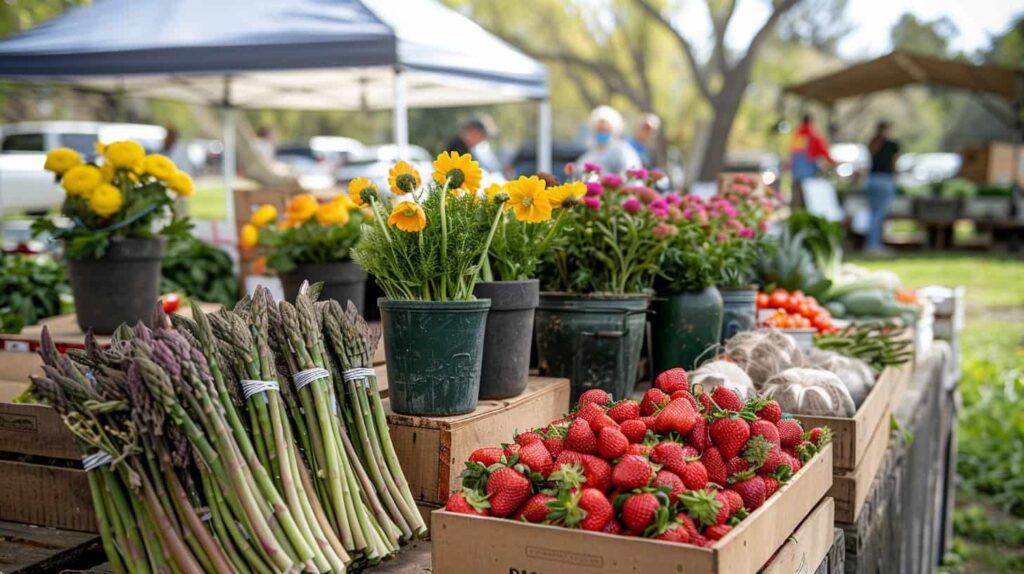
The San Antonio Botanical Garden hosts a variety of annual events that draw visitors from near and far, providing opportunities to engage with the garden’s diverse offerings in unique and festive ways. Some of the most popular annual events include:
Spring Plant Sales:
Each spring, the garden hosts a plant sale featuring a wide selection of native and adapted plants ideal for the San Antonio climate. This event not only provides gardeners with high-quality plants but also offers expert advice on planting and care from horticulturists and volunteers.
Garden Fest:
Typically held in the spring, Garden Fest is a family-friendly event that celebrates the joys of gardening and outdoor living. The festival includes plant sales, gardening demonstrations, children’s activities, live music, and food vendors, creating a festive atmosphere that appeals to all ages.
Luminations:
During the holiday season, the garden transforms into a winter wonderland with Luminations, a spectacular light display. Pathways are illuminated with thousands of twinkling lights, and visitors can enjoy holiday-themed activities, live music, and seasonal treats.
Seasonal Activities and Tours
Throughout the year, the San Antonio Botanical Garden offers a variety of seasonal activities and guided tours that highlight the changing beauty of the garden and provide educational opportunities:

Spring Bloom Walks:
In the spring, guided tours focus on the vibrant array of wildflowers and blooming plants. Knowledgeable guides lead visitors through the garden, pointing out seasonal highlights and sharing insights into the blooming cycles and plant species.
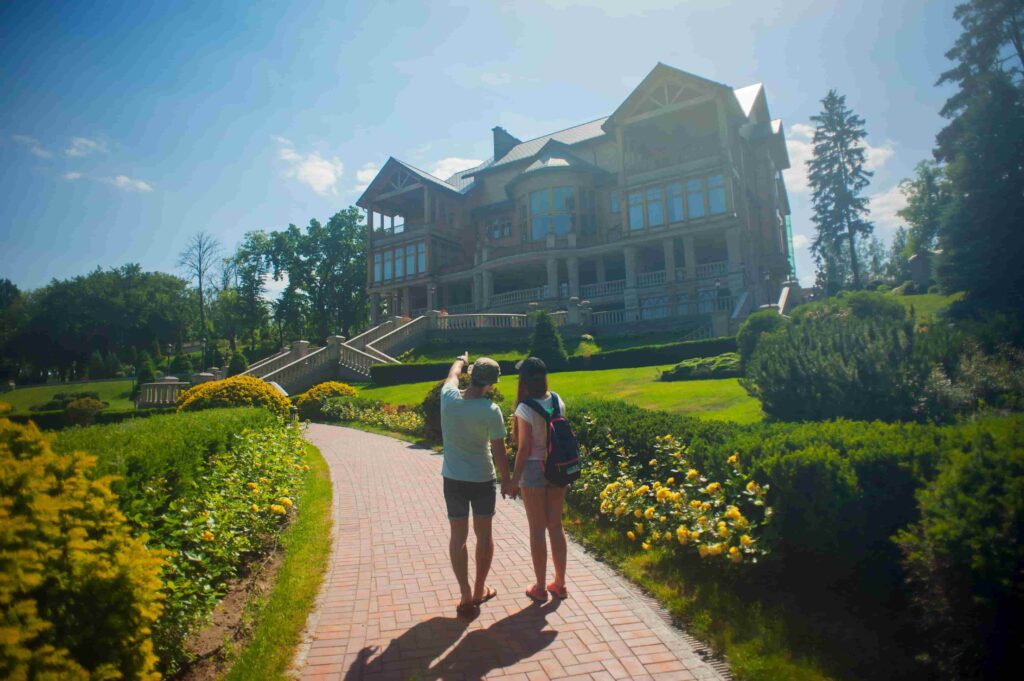
Summer Sensory Tours:
During the hot summer months, the garden offers sensory tours that engage all five senses. These tours are designed to help visitors experience the garden in new and immersive ways, from the fragrant blooms of the rose garden to the sounds of birds and insects in the native plant areas.

Autumn Harvest Activities:
In the fall, the garden celebrates the harvest season with activities such as pumpkin patches, scarecrow contests, and harvest-themed crafts. These activities are especially popular with families and provide a fun way to learn about seasonal plants and gardening practices.
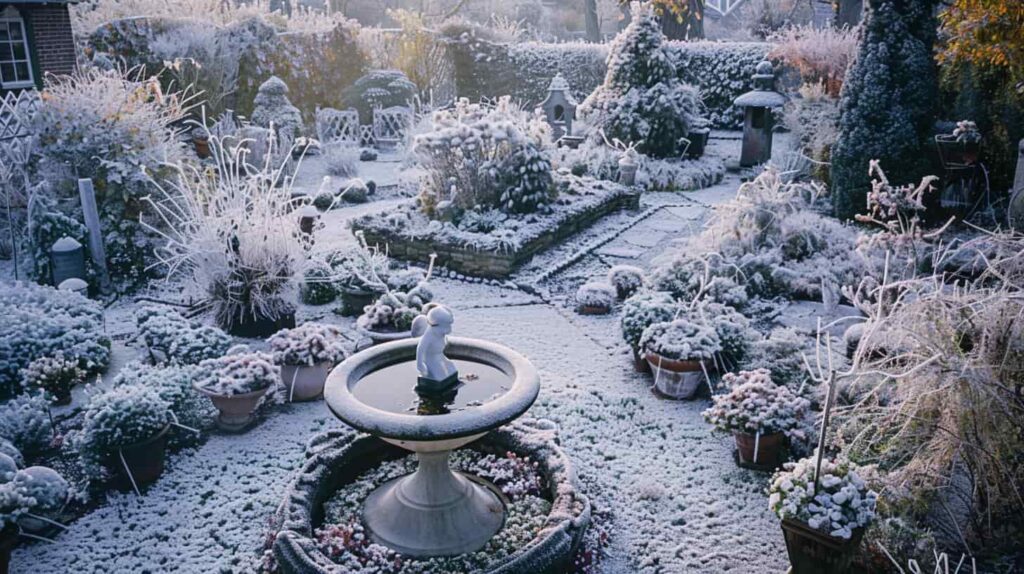
Winter Garden Walks:
Even in the cooler months, the garden offers guided walks that showcase winter-blooming plants and the unique beauty of the garden’s winter landscape. These tours often focus on evergreen plants, winter berries, and the adaptations of plants to colder weather.
Special Exhibitions and Temporary Installations
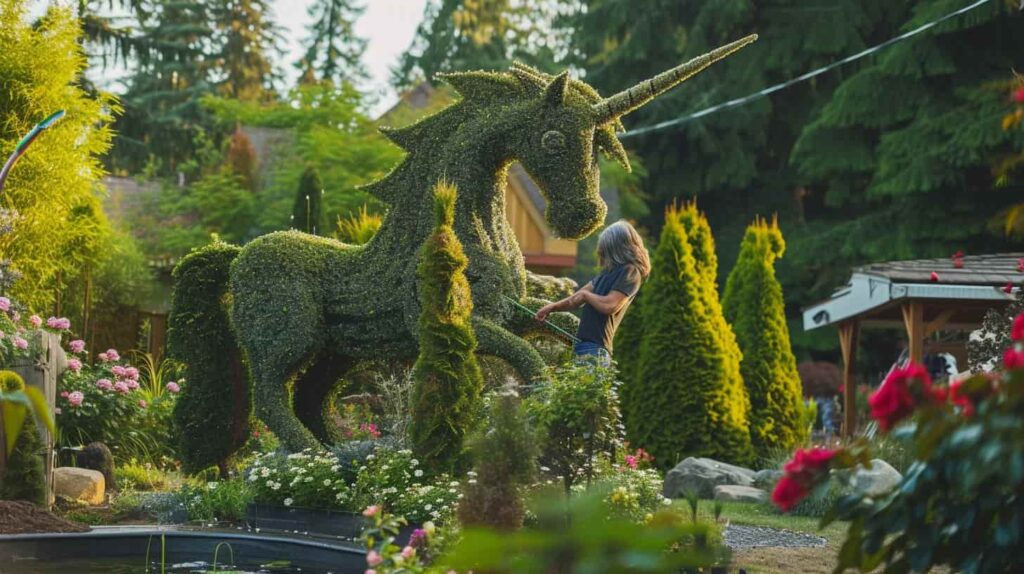

In addition to its regular offerings, the San Antonio Botanical Garden hosts special exhibitions and temporary installations that provide fresh and engaging experiences for visitors:
Art in the Garden:
This rotating exhibition series features works by local and national artists displayed throughout the garden. The installations often interact with the natural environment, creating a dynamic fusion of art and nature that enhances the visitor experience.
Butterfly Exhibits:
Seasonal butterfly exhibits are a favorite attraction, offering visitors the chance to walk through specially designed habitats filled with fluttering butterflies. These exhibits include educational components that teach visitors about the life cycle of butterflies and their role in pollination.
Themed Garden Installations:
Throughout the year, the garden may host themed installations that focus on specific plant groups, such as orchids, bonsai, or succulents. These installations provide in-depth looks at particular types of plants and often include educational signage and interactive elements.
Interactive Displays:
Temporary interactive displays, such as musical gardens or sensory pathways, are designed to engage visitors of all ages. These installations encourage hands-on exploration and create memorable experiences that highlight the wonders of the natural world.
The San Antonio Botanical Garden’s seasonal events and activities ensure that there is always something new and exciting to see and do, no matter the time of year. These offerings not only enhance the visitor experience but also support the garden’s mission of education, conservation, and community engagement.
Educational Programs and Community Engagement
School Programs and Field Trips

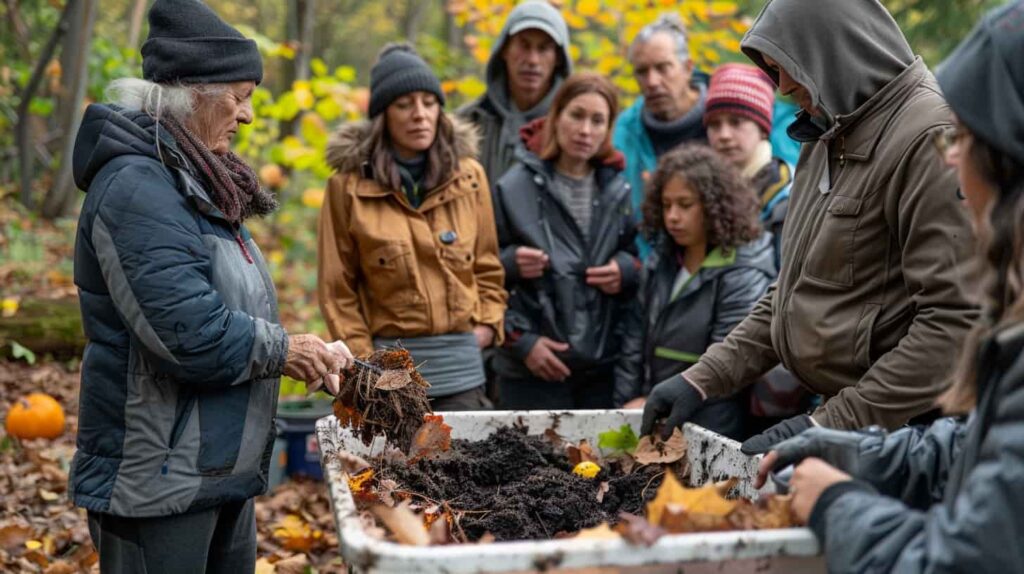
The San Antonio Botanical Garden offers a variety of educational programs designed to enhance learning for students of all ages. These programs provide hands-on experiences that align with state education standards and inspire a deeper understanding of the natural world.
Curriculum-Aligned Field Trips:
Schools can arrange field trips to the garden where students participate in interactive, curriculum-based activities. These field trips cover topics such as plant biology, ecosystems, and conservation. Students engage in hands-on learning through guided tours, scavenger hunts, and educational workshops that reinforce classroom learning with real-world applications.
STEM Education:
The garden emphasizes STEM (Science, Technology, Engineering, and Mathematics) education through its programming. Activities may include exploring plant anatomy under microscopes, understanding the physics of plant growth, and examining the chemistry of soil and water. These programs are designed to make science engaging and accessible.
Specialized Workshops:
The garden offers specialized workshops tailored to different grade levels. For example, younger students might explore the lifecycle of a plant through planting activities, while older students might study the impact of invasive species on native ecosystems. These workshops provide in-depth learning opportunities and foster critical thinking skills.
Adult Education and Workshops
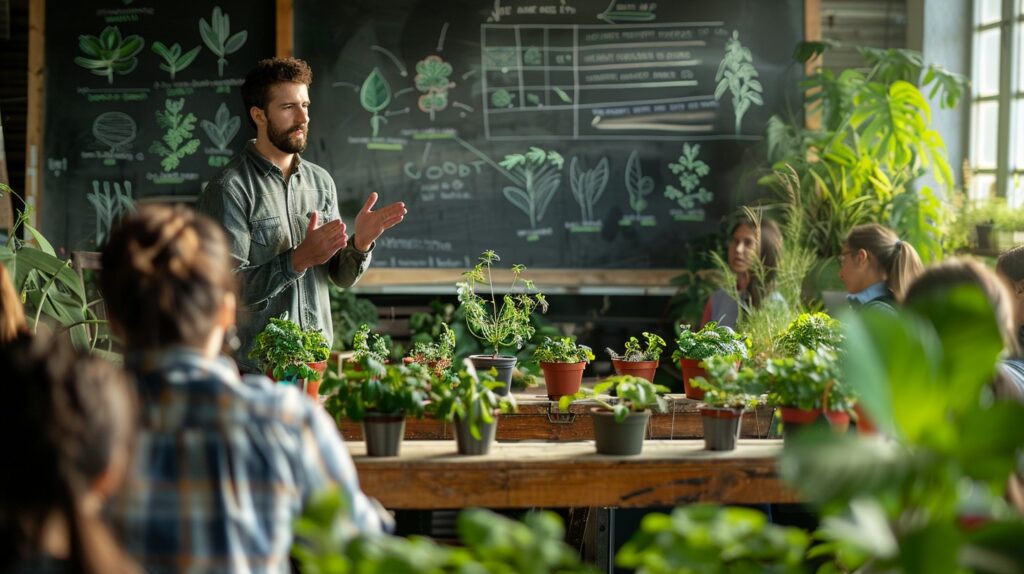

Educational opportunities at the San Antonio Botanical Garden are not limited to children. The garden offers a wide range of programs for adults that cater to various interests and skill levels.
Gardening Classes:
Whether you are a novice gardener or an experienced horticulturist, the garden offers classes on a variety of gardening topics. These classes cover everything from basic gardening techniques and plant care to advanced topics like landscape design, pest management, and organic gardening.
Horticulture and Botany:
For those interested in a deeper understanding of plant science, the garden provides courses in horticulture and botany. These courses explore plant physiology, taxonomy, and ecology, often including hands-on laboratory and fieldwork components.
Sustainable Living Workshops:
Reflecting the garden’s commitment to sustainability, workshops on sustainable living practices are also available. Topics include composting, rainwater harvesting, xeriscaping, and creating wildlife habitats in urban environments. These workshops empower participants to make environmentally friendly choices in their own lives.
Community Outreach and Volunteer Programs
The San Antonio Botanical Garden actively engages with the community through various outreach programs and relies on a dedicated team of volunteers to support its operations and mission.
Community Outreach Initiatives:
The garden collaborates with local schools, community centers, and organizations to bring educational programs and garden resources to the broader community. Outreach initiatives might include mobile plant clinics, community gardening projects, and educational presentations at local events.
Volunteer Opportunities:
Volunteers play a crucial role in the garden’s success. Opportunities for volunteers include leading tours, assisting with plant care, supporting educational programs, and helping with special events. Volunteers receive training and ongoing education, and their contributions are recognized and celebrated through volunteer appreciation events.
Garden Docents:
Trained docents lead guided tours and educational programs, sharing their knowledge and passion for plants with visitors. Docents undergo comprehensive training on the garden’s collections, history, and educational themes, and they serve as ambassadors for the garden’s mission.
Partnerships with Local Schools and Organizations
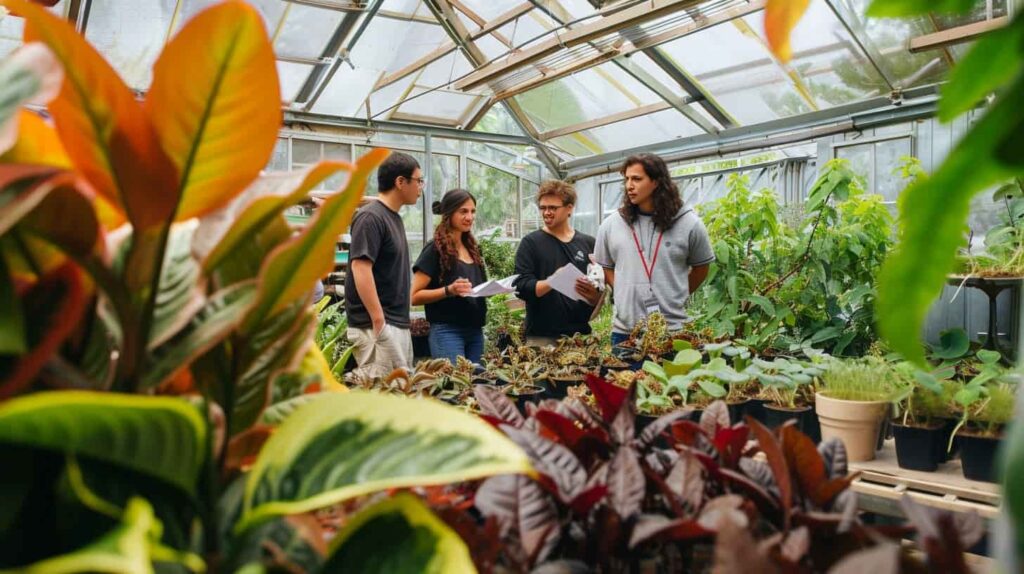
Collaboration with local schools, universities, and organizations enhances the educational impact of the San Antonio Botanical Garden and extends its reach into the community.
School Partnerships:
The garden partners with local schools to develop customized programs that meet educational needs. These partnerships may include co-developing curriculum, offering professional development for teachers, and providing resources for school gardens and outdoor classrooms.
University Collaborations:
The garden collaborates with nearby universities to support academic research and provide internship opportunities for students. These collaborations can lead to joint research projects, guest lectures, and the development of new educational programs.
Non-Profit and Civic Organizations:
Partnerships with non-profit organizations and civic groups allow the garden to engage in community service and outreach. These partnerships might involve collaborative events, joint fundraising efforts, and shared educational initiatives that benefit the wider community.
Special Programs for Under-Resourced Communities
The San Antonio Botanical Garden is committed to making its educational resources accessible to all, including under-resourced communities.
Free Admission Days:
To ensure that cost is not a barrier to access, the garden offers free admission days throughout the year. These days provide an opportunity for individuals and families who might not otherwise visit the garden to experience its beauty and educational offerings.
Scholarship Programs:
The garden offers scholarships for school field trips and educational programs, making it possible for students from under-resourced schools to participate in enriching experiences at the garden.
Community Garden Initiatives:
The garden supports community garden projects in under served neighborhoods, providing resources, expertise, and plants to help residents grow their own food and create green spaces in their communities.
Public Lectures and Expert Talks
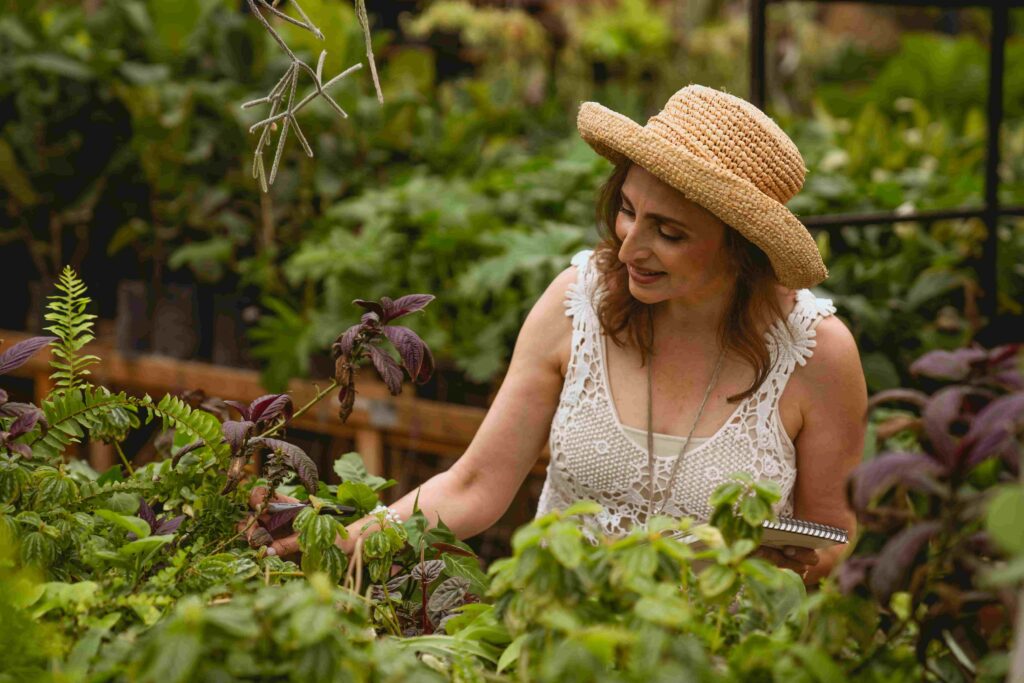
The San Antonio Botanical Garden hosts a series of public lectures and expert talks that cover a wide range of topics related to botany, horticulture, and environmental conservation.
Guest Speakers:
Renowned botanists, horticulturists, and environmentalists are invited to speak on their areas of expertise. These lectures provide valuable insights into current research, innovative gardening practices, and pressing environmental issues.
Panel Discussions:
Panel discussions featuring experts from different fields allow for a dynamic exchange of ideas and perspectives. These discussions often focus on contemporary challenges such as climate change, urban sustainability, and biodiversity conservation.
Workshops and Demonstrations:
In addition to formal lectures, the garden offers hands-on workshops and demonstrations led by experts. These sessions provide practical skills and knowledge that participants can apply in their own gardening and conservation efforts.
Through its comprehensive educational programs and community engagement efforts, the San Antonio Botanical Garden fulfills its mission of promoting the understanding, appreciation, and conservation of plants. These initiatives not only enhance the visitor experience but also foster a deeper connection to the natural world and a commitment to environmental stewardship.
Visitor Information
Location and Directions
Address:
The San Antonio Botanical Garden is located at 555 Funston Place, San Antonio, TX 78209.
Directions:
The garden is easily accessible from major highways and public transportation.
- By Car: From downtown San Antonio, take Broadway Street north for about 3 miles, then turn right onto Funston Place. Follow Funston Place for approximately 0.5 miles to reach the garden entrance.
- Public Transportation: Several bus routes serve the area near the garden. The VIA Metropolitan Transit system provides convenient access. Check the VIA website or app for the latest schedules and routes.
- Parking: Ample parking is available on-site, with designated spots for disabled visitors, bicycles, and electric vehicles.
Hours of Operation
- Regular Hours: The garden is open daily from 9:00 AM to 5:00 PM, with the last admission at 4:00 PM.
- Holiday Hours: The garden may have special hours or closures on major holidays such as Thanksgiving, Christmas, and New Year’s Day. It is advisable to check the garden’s website or call ahead for holiday hours.
Admission Fees
General Admission:
- Adults (ages 14-64): $15
- Seniors (65+): $13
- Children (ages 3-13): $10
- Children under 3: Free
Discounts and Free Days:
- Members: Free admission for garden members.
- Military Discount: Active-duty military personnel and their immediate family members receive a discount on admission. ID required.
- Free Admission Days: The garden offers several free admission days throughout the year. Check the garden’s website for dates and details.
Membership Options
Individual Membership:
$50 per year. Benefits include free admission for one adult, discounts on events and classes, and a subscription to the garden’s newsletter.
Family Membership:
$85 per year. Includes free admission for two adults and up to four children, discounts on events and classes, early registration for workshops, and a subscription to the garden’s newsletter.
Contributor Membership:
$150 per year. Includes all family membership benefits plus reciprocal admission to over 300 botanical gardens nationwide through the American Horticultural Society’s Reciprocal Admissions Program.
Accessibility Information
The San Antonio Botanical Garden is committed to providing an inclusive and accessible experience for all visitors.
- Wheelchair Accessibility: The garden’s pathways and facilities are designed to accommodate wheelchairs. In order to hire a wheelchair, you must be the first person in line.
- Service Animals: Service animals are welcome in all areas of the garden.
- Special Assistance: Visitors requiring special assistance or accommodations are encouraged to contact the garden in advance to make arrangements.
Facilities and Amenities
- Visitor Center: The visitor center includes an information desk, gift shop, and restrooms. Staff are available to answer questions and provide maps and guides.
- Dining Options: The garden features a café offering a variety of refreshments, including sandwiches, salads, beverages, and snacks. Outdoor seating with scenic views is available.
- Gift Shop: The gift shop offers a range of botanical-themed merchandise, including books, gardening tools, plants, and souvenirs.
- Restrooms: Restroom facilities are available throughout the garden, with locations clearly marked on the garden map.
- Picnic Areas: Designated picnic areas are available for visitors who wish to bring their own food. These areas are equipped with tables and shade structures.
Tips for Visitors
- Plan Your Visit: To make the most of your visit, check the garden’s website for any special events, temporary exhibits, or seasonal highlights.
- Weather Considerations: The garden is primarily an outdoor attraction, so dress appropriately for the weather. It is advised to wear hats, sunscreen, and suitable walking shoes.
- Photography: Photography is encouraged, but tripods and drones are not permitted without prior authorization. Always respect the plants and garden rules while taking pictures.
- Guided Tours: Consider joining a guided tour to gain deeper insights into the garden’s collections and history. Tours are typically available daily and are included with admission.
- Stay Hydrated: To stay hydrated, bring a reusable water bottle. Water fountains are available throughout the garden.
Safety and Etiquette
- Stay on Paths: To protect the plants and ensure your safety, please stay on designated paths and trails.
- Respect Wildlife: The garden is home to various wildlife. Don’t feed or upset the animals.
- No Smoking: The garden is a smoke-free environment. Smoking and vaping are prohibited within the garden grounds.
- Supervise Children: Children must be supervised at all times to ensure their safety and the protection of the garden’s plants and displays.
Tips for a Great Visit
Best Times to Visit
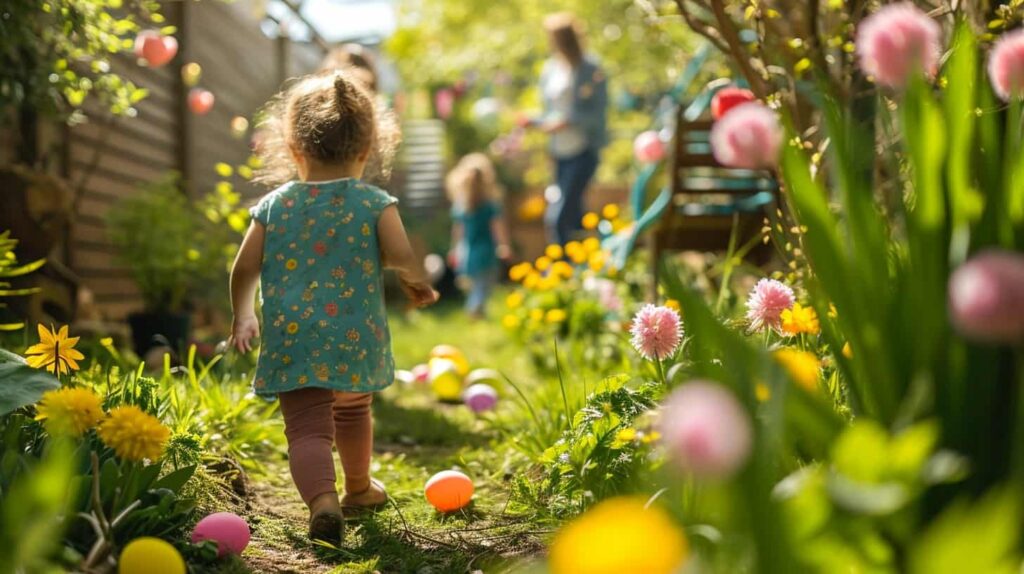
Seasonal Highlights:
The garden is beautiful year-round, but each season offers unique attractions. Spring is ideal for seeing wildflowers and blooming gardens, while summer features lush greenery and tropical plants. Fall showcases vibrant foliage and harvest-themed displays, and winter highlights evergreen plants and holiday decorations.
Time of Day:
Early morning or late afternoon visits can be more pleasant, especially during the hot Texas summers. These times offer cooler temperatures and fewer crowds, providing a more relaxed experience.
Planning Your Itinerary
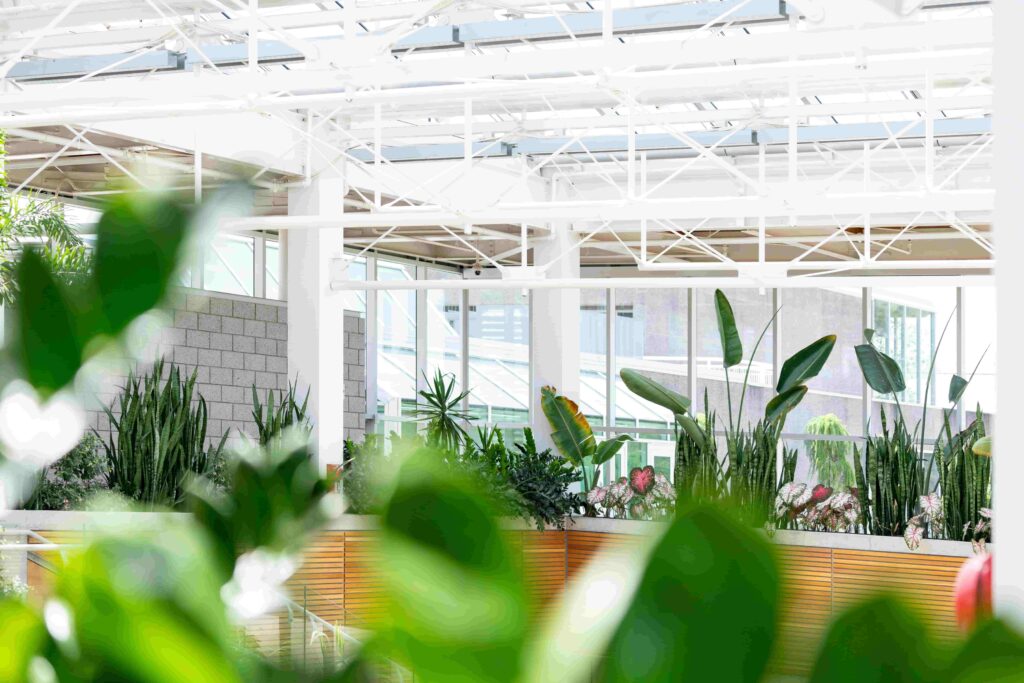
Research Ahead:
Before your visit, check the garden’s website for information on current exhibitions, special events, and seasonal highlights. This will help you plan your visit around the most interesting features.
Map Out Your Visit:
Upon arrival, pick up a garden map from the visitor center. Identify the areas you want to explore most and plan a route to make the best use of your time. Don’t miss major attractions like the Lucile Halsell Conservatory, Texas Native Trail, and WaterSaver Garden.
Allow Ample Time:
The garden is expansive, so allocate at least two to three hours for your visit. This will give you enough time to leisurely explore the different sections and participate in any scheduled activities or tours.
What to Bring


Comfortable Clothing:
Wear comfortable, weather-appropriate clothing. Lightweight, breathable fabrics are ideal for warm weather, while layers are recommended for cooler days. Comfortable walking shoes are essential due to the extensive grounds.
Sunscreen and Hats:
Protect yourself from the sun by applying sunscreen and wearing a hat. Sunglasses can also help shield your eyes from the bright sunlight.
Reusable Water Bottle:
To stay hydrated, bring a reusable water bottle. There are water fountains and refill stations throughout the garden.
Camera or Smartphone:
Capture the beauty of the garden with your camera or smartphone. Remember to follow the garden’s photography guidelines and be mindful of other visitors.

Navigating the Garden
Use the Garden Map:
The garden map is your best guide to navigating the various sections and themed areas. It highlights major attractions, facilities, and restrooms, making it easier to plan your route.
Follow Signage:
Pay attention to directional signs and informational plaques throughout the garden. These provide valuable information about the plants, ecosystems, and garden layout.
Ask Staff for Assistance:
Don’t hesitate to ask garden staff or volunteers for assistance or recommendations. They are knowledgeable and can provide insights into the best spots to visit and current highlights.
Participating in Tours and Programs
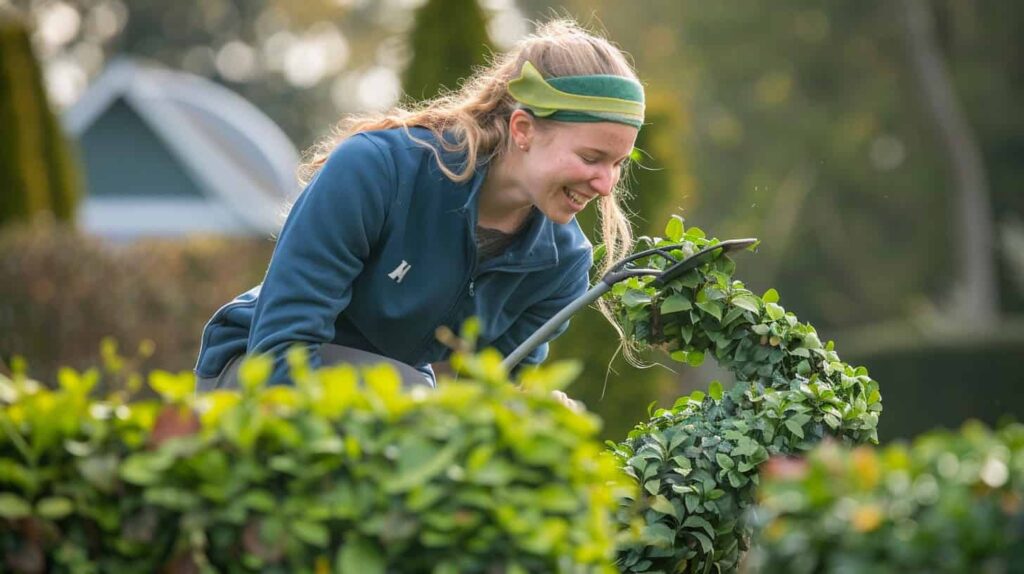
Guided Tours:
Join a guided tour to gain deeper insights into the garden’s collections, history, and design. Tours are often included with admission and provide a more informative and engaging experience.
Workshops and Classes:
Check the schedule for any workshops or classes happening during your visit. These programs offer hands-on learning opportunities and expert advice on various gardening and conservation topics.
Interactive Exhibits:
Participate in any interactive exhibits or activities available. These are designed to enhance your understanding of plants and the environment in an engaging and enjoyable way.
Dining and Picnicking

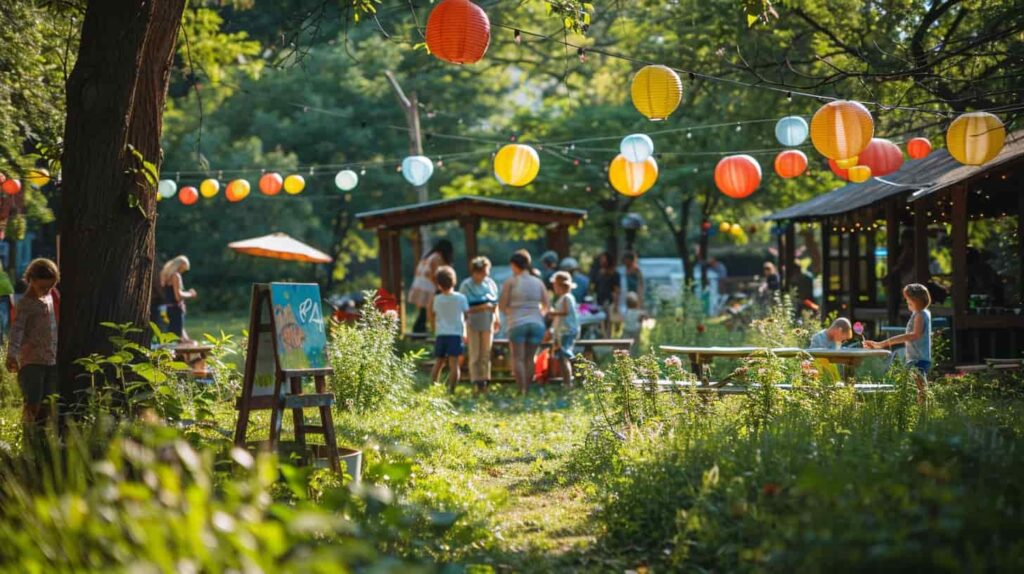
Garden Café:
Plan a visit to the garden café for a meal or snack. The café offers a range of fresh and delicious options, including sandwiches, salads, and beverages. Enjoy your meal on the outdoor terrace with views of the garden.
Picnic Areas:
Bring your own food and have a picnic in one of the designated areas. These spots are equipped with tables and shade structures, providing a pleasant setting for a meal. Remember to pack out all trash and recyclables to keep the garden clean.
Special Considerations for Families

Family Adventure Garden:
Spend time in the Family Adventure Garden, which offers interactive and playful elements designed for children. It’s a great place for kids to explore nature, climb structures, and participate in educational activities.
Stroller-Friendly Paths:
The garden is stroller-friendly, with wide, accessible paths that make it easy to navigate with young children. Check the map for the best routes to avoid steps and steep inclines.
Children’s Programs:
Look for any special programs or events geared toward children. These activities are designed to be fun and educational, fostering a love of nature from an early age.
Accessibility Tips
Mobility Aids:
Wheelchairs and mobility scooters are available for rent at the visitor center. The garden’s paths are designed to accommodate these aids, ensuring that all visitors can explore comfortably.
Accessible Restrooms:
Accessible restrooms are located throughout the garden. Refer to the map for their locations to plan your visit accordingly.
Service Animals:
Make sure they are always on a leash and behave appropriately.
Etiquette and Safety

Stay on Paths:
To protect the plants and ensure your safety, always stay on designated paths. Do not walk through flower beds or climb on structures.
Respect Wildlife:
Observe wildlife from a distance and do not feed or disturb the animals. The garden is a habitat for many species, and it’s important to respect their environment.
No Smoking:
The garden is a smoke-free environment. Smoking and vaping are prohibited to protect the health of visitors and the plants.
Supervise Children:
Ensure children are supervised at all times, especially near water features and interactive exhibits. This ensures their safety and the preservation of the garden.
Making the Most of Your Visit

Engage with Exhibits:
Take the time to read informational plaques and engage with interactive exhibits. This will enhance your understanding and appreciation of the garden’s diverse plant collections.
Relax and Enjoy:
Take breaks and enjoy the serene environment of the garden. Find a bench or shaded area to relax and take in the beauty around you.
Share Your Experience:
Share your visit on social media using the garden’s hashtag. This helps promote the garden and allows you to connect with other visitors.
By following these tips, you can ensure a rewarding and enjoyable visit to the San Antonio Botanical Garden. Whether you are exploring on your own, with family, or with friends, these guidelines will help you make the most of your time in this beautiful and educational setting.
Impact and Conservation Efforts
Conservation Initiatives
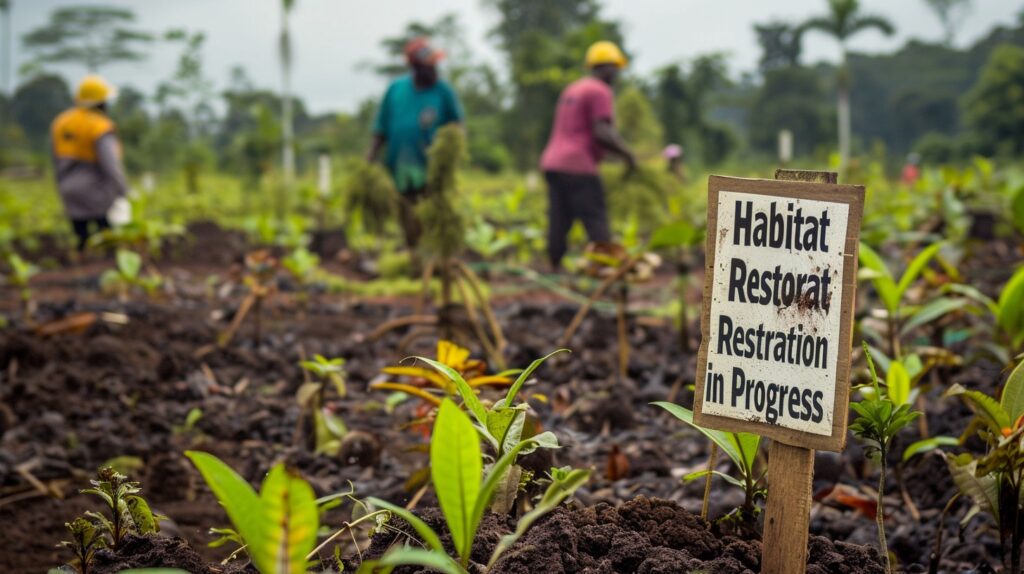
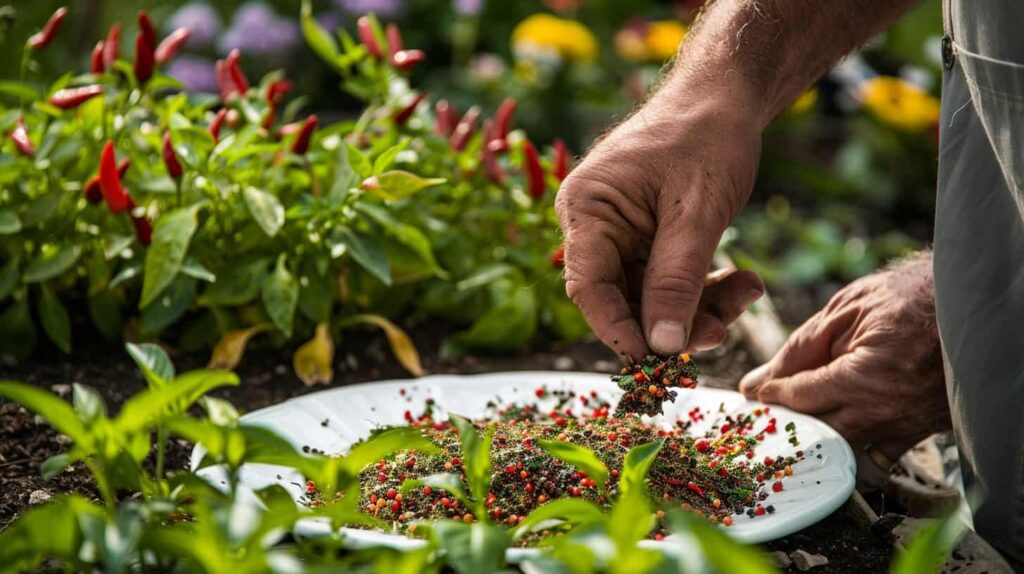
The San Antonio Botanical Garden is deeply committed to environmental conservation and sustainability. Through its various initiatives, the garden works to protect plant diversity, restore natural habitats, and promote Eco-friendly practices.
Native Plant Conservation:
The garden emphasizes the importance of native plants in maintaining local biodiversity. By cultivating and showcasing native species, the garden helps preserve the genetic diversity of plants that are adapted to the local climate and soil conditions. This conservation effort includes the propagation and reintroduction of endangered and threatened native plants into their natural habitats.
Habitat Restoration Projects:
The garden engages in habitat restoration projects aimed at rehabilitating and enhancing local ecosystems. This includes removing invasive species, restoring native plant communities, and improving soil and water quality. These projects not only benefit local wildlife but also contribute to the overall health of the surrounding environment.
Seed Bank and Plant Collection:
The garden maintains a seed bank and plant collection that serves as a repository for plant species, particularly those that are rare or endangered. This collection is used for research, education, and conservation efforts, ensuring that valuable plant genetic material is preserved for future generations.
Education and Outreach

Educational programs and community outreach are integral to the San Antonio Botanical Garden’s mission. By educating the public about conservation and sustainability, the garden fosters a culture of environmental stewardship.
Conservation Workshops:
The garden offers workshops focused on conservation topics, such as sustainable gardening practices, water conservation, and habitat restoration. These workshops provide practical knowledge and tools for individuals and communities to implement Eco-friendly practices in their own lives.
School and Community Programs:
Educational programs for schools and community groups include lessons on plant biology, ecosystems, and environmental conservation. These programs aim to inspire participants to take an active role in protecting the environment and to apply what they have learned in their own communities.
Public Awareness Campaigns:
The garden conducts public awareness campaigns to highlight important environmental issues and promote conservation efforts. Through exhibitions, social media, and community events, the garden educates visitors about topics such as climate change, biodiversity, and sustainable practices.
Sustainability Practices
The San Antonio Botanical Garden incorporates sustainability practices into its operations and maintenance to minimize its environmental footprint.
Water Conservation:
The garden employs various water-saving techniques, including rainwater harvesting, drip irrigation, and the use of drought-tolerant plants. The WaterSaver Garden, in particular, serves as a model for sustainable landscaping and water-efficient gardening practices.
Energy Efficiency:
The garden is committed to reducing energy consumption through the use of energy-efficient lighting, heating, and cooling systems. The design of the Lucile Halsell Conservatory, with its innovative use of natural light and thermal insulation, exemplifies the garden’s approach to energy efficiency.
Waste Reduction:
The garden implements waste reduction strategies such as composting, recycling, and minimizing single-use plastics. Composting organic waste from garden maintenance and food services helps reduce landfill contributions and enriches the soil.
Research and Partnerships
The San Antonio Botanical Garden collaborates with various research institutions and conservation organizations to advance scientific knowledge and support conservation efforts.
Collaborative Research Projects:
The garden partners with universities, research institutions, and conservation organizations on research projects related to plant science, ecology, and environmental sustainability. These collaborations contribute to the development of new conservation strategies and the advancement of botanical knowledge.
Conservation Networks:
The garden is involved in national and international conservation networks that focus on plant conservation, habitat restoration, and environmental advocacy. Participation in these networks allows the garden to contribute to broader conservation goals and stay informed about best practices and emerging trends.
Citizen Science:
The garden encourages citizen science initiatives, where visitors and volunteers participate in data collection and research activities. These initiatives often focus on monitoring plant health, tracking pollinator populations, and documenting plant species in the garden and surrounding areas.
Impact on Local Communities

The San Antonio Botanical Garden’s conservation and education efforts have a positive impact on local communities, fostering a greater appreciation for nature and promoting environmental stewardship.
Community Engagement:
The garden’s outreach programs engage local residents in conservation activities, such as community planting events, cleanup efforts, and habitat restoration projects. These activities help build a sense of community and collective responsibility for environmental protection.
Educational Opportunities:
By providing educational programs and resources, the garden empowers individuals to make informed decisions about their own environmental practices. This includes adopting sustainable gardening techniques, reducing waste, and conserving water and energy.
Economic and Social Benefits:
The garden contributes to the local economy by attracting visitors, supporting local businesses, and creating jobs. It also provides social benefits by offering a beautiful and tranquil space for recreation, relaxation, and community events.
Future Goals and Vision
The San Antonio Botanical Garden is continually working towards expanding its conservation efforts and enhancing its impact on the environment and community.
Expansion of Conservation Programs:
The garden aims to expand its conservation programs to include more species and habitats, with a focus on both local and global conservation challenges. Future initiatives may include new habitat restoration projects, expanded plant collections, and increased community involvement.
Innovative Sustainability Practices:
The garden is committed to exploring and implementing innovative sustainability practices that reduce its environmental impact and serve as a model for others. This includes researching new technologies and methods for energy efficiency, water conservation, and waste management.
Enhanced Community Engagement:
The garden plans to strengthen its community engagement efforts by offering more diverse educational programs, expanding outreach initiatives, and building new partnerships with local organizations and schools.
Through its comprehensive conservation efforts, educational programs, and sustainability practices, the San Antonio Botanical Garden plays a vital role in protecting plant diversity, fostering environmental stewardship, and enhancing the well-being of local communities.
Final Thoughts on the Garden’s Role in the Community
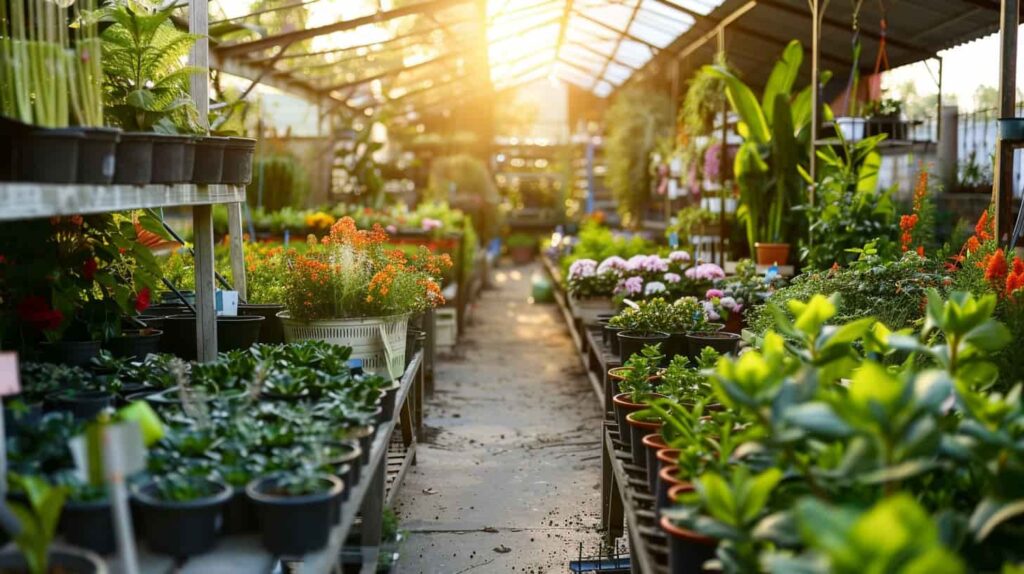
The San Antonio Botanical Garden is more than just a beautiful space; it is a cornerstone of the community’s environmental and cultural landscape. Its efforts in conservation, education, and community outreach have a lasting impact on both the local area and the broader region.
Environmental Stewardship:
By prioritizing sustainable practices and conservation initiatives, the garden sets a positive example for environmental stewardship. It demonstrates the importance of protecting natural resources and promoting ecological balance.
Cultural Enrichment:
The garden enriches the cultural fabric of the community by providing a space for reflection, learning, and connection with nature. Its programs and events contribute to a greater understanding of the natural world and foster a sense of wonder and appreciation.
In conclusion, the San Antonio Botanical Garden is a vital asset that offers immense value to its visitors and the community at large. By embracing its mission and engaging with its diverse offerings, visitors contribute to the garden’s continued success and support its ongoing efforts to protect and celebrate the beauty of the natural world.
Additional Resources
For those interested in further exploring the San Antonio Botanical Garden and enhancing their visit, a variety of additional resources are available. These resources provide deeper insights into the garden’s features, offer practical information for planning a visit, and connect visitors with related organizations and educational materials.

Official Website
- Website Overview: The San Antonio Botanical Garden’s official website is the primary source for up-to-date information about the garden’s offerings. It includes details on hours of operation, admission fees, membership options, and current events.
- Online Features: The website features an interactive map, a calendar of events, and a blog with articles about gardening tips, plant highlights, and conservation topics. Visitors can also find information on special exhibitions and seasonal displays.
- Website Address: San Antonio Botanical Garden
Social Media Channels
- Facebook: The garden’s Facebook page offers regular updates, event announcements, and photos of the garden’s highlights. It’s a platform for engaging with the community and sharing experiences.
- Instagram: Follow the garden on Instagram for visually stunning photos and stories showcasing the garden’s beauty, special events, and behind-the-scenes content.
- Twitter: The garden’s Twitter account provides quick updates, news, and links to interesting articles related to gardening and conservation.
- Social Media Handles: Links to the garden’s social media profiles are available on the official website.
Visitor Guides and Brochures
Printed Guides:
Upon arrival, visitors can obtain printed guides and brochures at the visitor center. These materials provide detailed information about the garden’s layout, major attractions, and current events.
Digital Brochures:
The garden’s website offers downloadable versions of visitor guides and brochures. These can be accessed and printed before a visit to plan your itinerary.
Local and Regional Organizations
San Antonio Parks and Recreation Department:
Collaborates with the Botanical Garden on various projects and initiatives. Their website offers information about other parks and green spaces in the San Antonio area.
Texas Botanical Gardens Network:
Connects with other botanical gardens across Texas, providing resources and information about regional garden events and conservation efforts.
Conservation and Gardening Organizations:
Organizations such as the Texas Native Plant Society and local gardening clubs often partner with the garden for events and conservation initiatives. Their websites provide additional resources and opportunities for involvement.
Books and Publications
Garden Guides:
Books and publications related to the San Antonio Botanical Garden’s plant collections and gardening practices can be found at the garden’s gift shop or through local bookstores. Titles may include guides on native plants, garden design, and sustainable gardening.
Botanical Journals:
For those interested in more in-depth studies, botanical journals and research articles about the garden’s conservation efforts and plant collections are available through academic libraries and online databases.
Educational Resources
Workshops and Classes:
The garden offers a variety of workshops and classes on topics such as gardening techniques, plant care, and conservation. Information on upcoming workshops can be found on the garden’s website or by contacting the visitor center.
School Programs:
Educational programs designed for school groups cover a range of topics, including botany, ecology, and environmental science. Teachers and educators can find more information on the garden’s website or by reaching out to the education department.
Volunteer and Membership Opportunities
Volunteer Programs:
The garden offers a range of volunteer opportunities, from assisting with garden maintenance to leading educational programs. Interested individuals can find more information and application details on the garden’s website or by contacting the volunteer coordinator.
Membership Benefits:
Membership options provide various benefits, including free admission, discounts on events and classes, and exclusive access to member-only events. Details on how to become a member are available on the garden’s website.
Contact Information
- Phone: (210) 536-1400 – For general inquiries, event information, and visitor assistance.
- Email: info@sabot.org – For questions about memberships, programs, or specific visitor concerns.
- Mailing Address: San Antonio Botanical Garden, 555 Funston Place, San Antonio, TX 78209 – For sending correspondence or donations.
By utilizing these additional resources, visitors can enhance their experience at the San Antonio Botanical Garden and gain a deeper understanding of its mission and offerings. Whether seeking practical information, engaging with the garden’s community, or exploring related topics, these resources provide valuable support and enrichment.
Contact Us for any Question related to this Article.
Frequently Asked Questions (FAQs)
1. What are the hours of operation for the San Antonio Botanical Garden?
The garden is open daily from 9:00 AM to 5:00 PM, with the last admission at 4:00 PM. The garden may have altered hours or be closed on major holidays, so it’s best to check the website or call ahead for specific holiday hours.
2. What is the admission fee for the San Antonio Botanical Garden?
- Adults (ages 14-64): $15
- Seniors (65+): $13
- Children (ages 3-13): $10
- Children under 3: Free There are discounts available for military personnel and free admission days throughout the year. Check the garden’s website for current offers and free day schedules.
3. Where is the San Antonio Botanical Garden located?
The garden is located at 555 Funston Place, San Antonio, TX 78209. It is accessible by car and public transportation, with ample parking available on-site.
4. Are there any membership options available?
Yes, there are several membership levels:
- Individual Membership: $50 per year
- Family Membership: $85 per year
- Contributor Membership: $150 per year Memberships include benefits such as free admission, discounts on events, and access to the garden’s newsletter.
5. Is the San Antonio Botanical Garden accessible for people with disabilities?
Yes, the garden is wheelchair accessible, with rental wheelchairs available at the visitor center. Accessible restrooms and pathways are provided throughout the garden. Service animals are also welcome.
6. What should I bring when visiting the garden?
Bring comfortable clothing, weather-appropriate attire, a reusable water bottle, and a camera or smartphone for photos. Sunscreen, It is advised to wear hats, sunscreen, and suitable walking shoes.
7. Are there dining options available at the garden?
Yes, the garden has a café offering a range of food and beverages. There are also designated picnic areas if you prefer to bring your own food.
8. Can I take photos in the garden?
Yes, photography is encouraged, but tripods and drones require prior authorization. Always follow the garden’s guidelines and be respectful of other visitors.
9. What are some of the major attractions at the garden?
Key attractions include the Lucile Halsell Conservatory, Texas Native Trail, WaterSaver Garden, and seasonal exhibits such as Spring Blooms and the holiday light displays.
10. How can I get involved with the garden?
You can participate by making a donation, volunteering, or joining.The garden offers various volunteer opportunities and membership benefits. Check the garden’s website or contact the visitor center for more information.
11. Where can I find additional information and resources?
Additional information is available on the garden’s official website, including visitor guides, event calendars, and educational resources. The garden also has social media profiles where you can find updates and engage with the community.
12. What conservation efforts does the garden support?
The garden focuses on native plant conservation, habitat restoration, and sustainable practices. It also engages in educational programs and research collaborations to support broader conservation goals.
